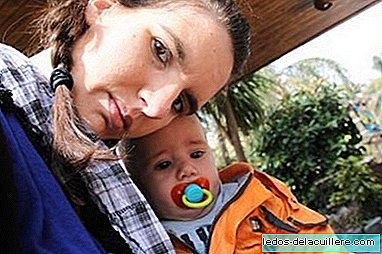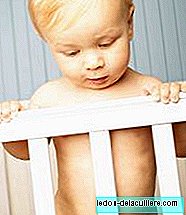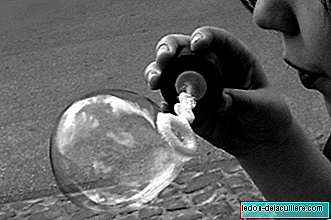
The skin is the most extensive and most exposed human organ, so it is also one of the most affected by problems that we must take care of, especially in the smallest. Babies' skin is very fragile because of its permeability and its poor defense capacity because the baby's immune system is still developing.
Dry and hard skin to the touch is one of the problems we can find in babies, and can be due to different reasons. If you apply oil or moisturizer specifically for babies on a regular basis, the skin should experience rapid improvement and will become soft to the touch.
These products should be part of the daily cleaning. We must pay special attention to moisturize the skin behind the ears, prone to flaking, and the instep is another area that requires a lot of hydration.
We must be aware of the evolution of dry skin, as it could indicate an atopic dermatitis, one of the most frequent childhood skin conditions that usually occurs around three months.
The talcum powder should be used with caution, since its excessive use tends to dry the baby's skin and clog its pores, preventing skin breathing.
Humidifiers can be used for places without ambient humidity and air heaters will be used with caution, trying not to raise the temperature too much or to dry the environment further.
Of course, we must not forget that the baby wears appropriate clothes, soft and breathable fabrics (natural fibers), and provide sufficient hydration when ingesting fluids, especially in hot times or very dry areas.
Similarly, sun protection will prevent burns, and after baths in the sea or pool you have to remove the remains of chlorine or salt with running water to prevent dryness in the baby's fragile skin.












